Home>diy>Building & Construction>When Was BIM Developed?
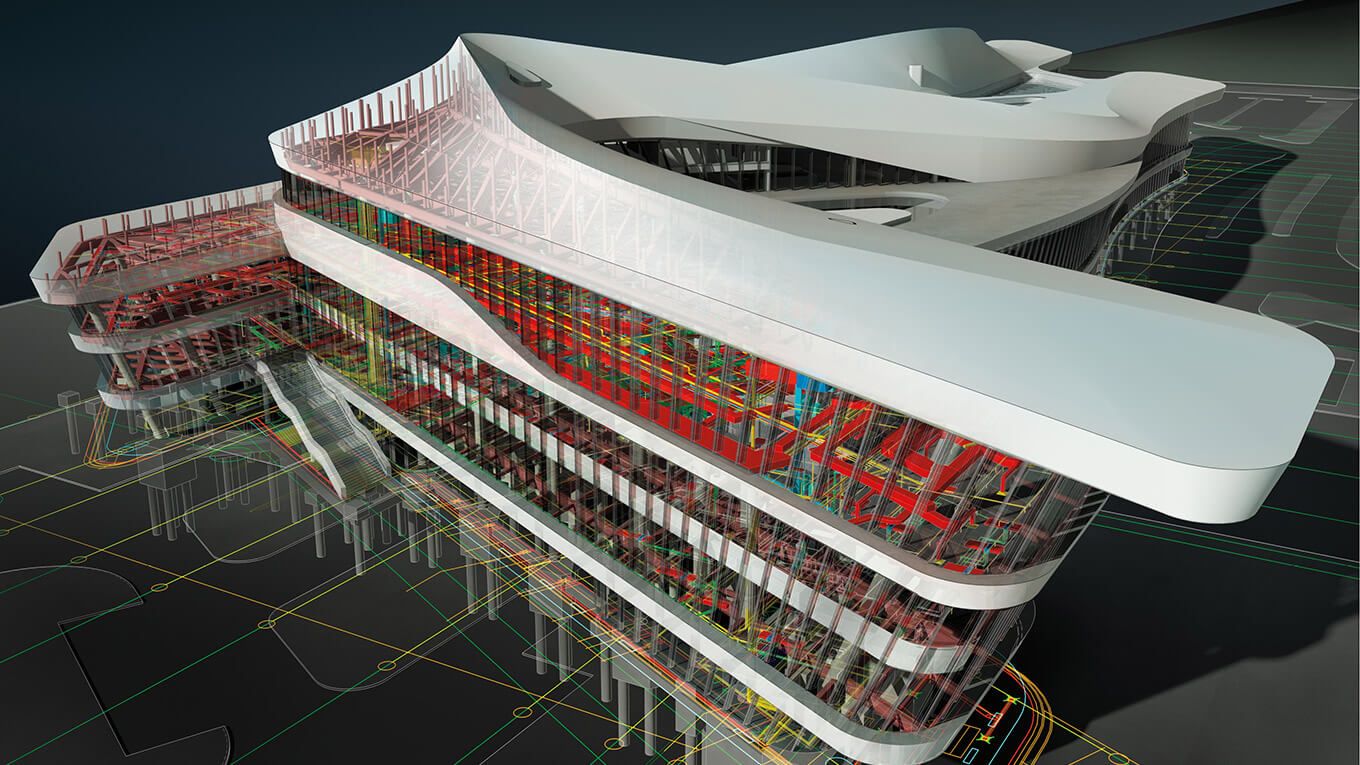

Building & Construction
When Was BIM Developed?
Modified: January 9, 2024
Learn about the development of Building Information Modeling (BIM), an essential tool in modern building construction. Discover the origins and evolution of this groundbreaking technology.
(Many of the links in this article redirect to a specific reviewed product. Your purchase of these products through affiliate links helps to generate commission for Storables.com, at no extra cost. Learn more)
Introduction
Building Information Modeling, commonly known as BIM, has revolutionized the construction industry by enabling the creation and management of accurate digital representations of buildings and infrastructure projects. BIM has dramatically transformed the way construction projects are planned, designed, executed, and maintained. With its ability to centralize project information and facilitate collaboration among stakeholders, BIM has become an indispensable tool in the construction field.
In this article, we will delve into the origins and evolution of BIM, exploring how it has evolved over the years to become a fundamental component of modern construction practices. We will also highlight key milestones in BIM development and discuss its current state and future prospects.
BIM encompasses a set of technologies, processes, and workflows that enable the creation and management of digital representations of the physical and functional characteristics of a building or infrastructure project. It goes beyond a simple 3D model, incorporating data related to the project’s materials, components, systems, and even its lifecycle.
The development of BIM can be traced back to the 1970s and 1980s when early attempts to create digital models of buildings were made. However, it was not until the 1990s that BIM started to gain traction as a powerful tool in the construction industry.
At its core, BIM aims to improve collaboration, coordination, and communication among project stakeholders, including architects, engineers, contractors, and owners. By working with a shared model, these parties can identify and resolve issues early in the design phase, leading to cost and time savings during construction and efficient facility management post-construction.
Over the years, BIM has evolved from a 3D design tool to a comprehensive platform that integrates various aspects of the construction process, including cost estimation, scheduling, clash detection, and facility management. The emergence of cloud computing and powerful computing hardware has further accelerated the adoption and advancement of BIM technology.
In the following sections, we will explore how BIM has evolved from its early beginnings, the key milestones that have shaped its development, and its current state in the construction industry. Join us as we dive into the fascinating journey of BIM and discover how it has transformed the way we build and manage our infrastructure projects.
Key Takeaways:
- BIM, from its origins in the 1970s to its current state, has revolutionized construction by integrating multi-dimensional modeling, cloud-based collaboration, and VR/AR technology, paving the way for enhanced project coordination and sustainability.
- The evolution of BIM, marked by key milestones and technological advancements, has transformed the construction industry, enabling seamless collaboration, real-time data exchange, and improved decision-making, ultimately shaping the future of building and infrastructure projects.
Read more: When Is BIM Used?
Origins of BIM
The concept of Building Information Modeling can be traced back to the early attempts to create digital representations of buildings in the 1970s and 1980s. These early systems, known as Computer-Aided Design (CAD), were primarily focused on creating 2D drawings and lacked the ability to capture the full complexity of a building in a digital model.
One of the pioneering efforts in this field was the development of the Graphisoft’s ArchiCAD software, which was introduced in the mid-1980s. ArchiCAD allowed architects to create 2D drawings and 3D models simultaneously, laying the foundation for true BIM functionality.
While CAD systems provided a leap forward in the automation of drafting tasks, they fell short when it came to capturing the semantic information of building elements. This limitation prompted further advancements in the realm of digital modeling.
It was in the 1990s that the term “Building Information Modeling” was first coined. The basic idea was to create a digital database that could store information beyond mere geometry. This holistic approach involved integrating data about the various elements that make up a building, including materials, dimensions, quantities, construction details, and even the behavior of these elements.
These early BIM systems were typically standalone software applications that were independent of CAD platforms. They allowed users to create parametric models where the properties and behavior of building elements could be defined and modified. This marked a significant shift from traditional CAD systems, as it enabled designers and engineers to simulate the performance of a building and evaluate its constructability.
However, it was not until the early 2000s that BIM gained widespread recognition and adoption in the construction industry. The development of industry standards, such as the International Foundation Classes (IFC), played a crucial role in facilitating interoperability between different BIM software platforms. This made it possible for various project stakeholders to collaborate and exchange data seamlessly.
In addition to technological advancements, industry initiatives and government regulations have also played a part in driving the adoption of BIM. Countries like the United Kingdom have implemented mandates to use BIM on public sector projects, further cementing its role as a standard practice in the industry.
Today, BIM has become an integral part of the construction process, with numerous software solutions available to support its implementation. From architectural design to structural analysis and facility management, BIM has transformed the way construction projects are conceptualized, designed, and executed. With a rich history and a promising future, BIM continues to shape the future of the construction industry.
The Pioneering Era
The period between the late 1980s and early 2000s can be considered the pioneering era of Building Information Modeling (BIM). During this time, industry professionals and software developers were exploring and experimenting with BIM concepts, pushing the boundaries of what was possible in digital building design and construction.
ArchiCAD, developed by Graphisoft, was one of the earliest BIM software solutions to gain traction. Released in 1987, ArchiCAD allowed architects to create 2D drawings and 3D models simultaneously, pioneering the concept of “virtual building” and laying the foundation for BIM functionality.
Another significant development in this era was the creation of the Industry Foundation Classes (IFC) data exchange standard. The IFC was introduced by the International Alliance for Interoperability (now known as BuildingSMART International) as an open file format for sharing and exchanging building information between different software applications.
The IFC standard played a crucial role in enabling interoperability among various BIM software platforms. It allowed architects, engineers, contractors, and other project stakeholders to collaborate and share information seamlessly, regardless of the software they were using.
As BIM began to gain momentum, other software companies started to embrace the concept and develop their own BIM solutions. Autodesk, a leading technology company, introduced Autodesk Revit in 2000. Revit quickly became one of the most popular BIM software packages, offering a comprehensive suite of tools for architectural design, structural engineering, and construction.
During the pioneering era, BIM was primarily used for architectural modeling and visualizations. The benefits of BIM, such as enhanced design coordination, clash detection, and improved construction documentation, were starting to become apparent.
However, BIM adoption was not without challenges. The transition from traditional 2D CAD workflows to 3D BIM required a significant shift in mindset and processes. Architects, engineers, and contractors had to learn new software platforms and adjust their workflows to fully leverage the capabilities of BIM.
Additionally, hardware limitations posed a hurdle in the early days of BIM implementation. Powerful computers capable of handling complex 3D models were not readily available, making the adoption of BIM a resource-intensive endeavor.
Despite these challenges, the pioneering era of BIM laid the foundation for its widespread adoption and further development. The early software solutions and industry initiatives set the stage for BIM to become an essential tool in the construction industry, enabling improved collaboration, efficiency, and accuracy in the design and construction process.
In the next section, we will explore the evolution and advancements that paved the way for BIM to become the transformative technology it is today.
BIM Evolution and Advancements
Since its humble beginnings in the late 1980s, Building Information Modeling (BIM) has come a long way and has undergone significant evolution and advancements. Technological innovations, industry demands, and the collaborative efforts of software developers have contributed to the rapid growth and transformation of BIM over the years.
One of the key milestones in the evolution of BIM was the shift from standalone software applications to integrated BIM platforms. In the early days, BIM software solutions focused on specific disciplines such as architecture or structural engineering. However, as the demand for comprehensive project collaboration and seamless information exchange increased, developers began integrating multiple disciplines into a single, unified BIM platform.
This integration allows architects, engineers, contractors, and other project stakeholders to work together on a shared platform, improving coordination and communication. It also enables real-time collaboration and reduces the chance of information loss or errors during the exchange of project data.
Another significant advancement in the field of BIM is the inclusion of additional dimensions beyond just 3D modeling. BIM now incorporates time (4D), cost (5D), and facility management (6D), providing a holistic view of the project lifecycle.
The incorporation of time into BIM models allows project teams to simulate project schedules, visualize construction sequences, and identify potential clashes or delays. This feature aids in project planning and helps optimize construction timelines.
Cost estimation is another critical aspect of the construction process, and BIM’s integration with cost data brings the dimension of cost into the model. By associating cost data with building elements, stakeholders can analyze project costs in real-time, make informed decisions, and identify cost-saving opportunities.
BIM’s integration with facility management (FM) software systems has also revolutionized the way buildings are operated and maintained. With 6D BIM, building owners can access comprehensive information about the building’s components, systems, and equipment, enabling effective maintenance planning and facility management throughout its lifecycle.
Advancements in technology have also played a significant role in the evolution of BIM. Improved computing power, cloud-based collaboration platforms, and the emergence of virtual reality (VR) and augmented reality (AR) have expanded the capabilities of BIM.
Cloud computing has enabled seamless collaboration and information sharing among project stakeholders, regardless of their geographic location. It allows real-time access to project data, facilitates coordination, and streamlines communication, improving project efficiency and reducing errors.
Virtual reality and augmented reality technology have added a new dimension to BIM, allowing stakeholders to visualize the project in a realistic and immersive manner. VR/AR enables better design visualization, reduces design errors, and enhances communication among project teams and clients.
Looking ahead, the integration of artificial intelligence (AI) and machine learning (ML) into BIM is expected to further advance the capabilities and functionalities of BIM. AI and ML can automate repetitive and labor-intensive tasks, improve clash detection, optimize building performance, and enable predictive maintenance.
In the next section, we will explore the key milestones in the development of BIM, highlighting moments that have shaped its progress and industry adoption.
BIM (Building Information Modeling) was developed in the 1970s, but it gained widespread use in the construction industry in the 2000s. Its development was influenced by advancements in computer technology and the need for more efficient project management.
Key Milestones in BIM Development
The development of Building Information Modeling (BIM) has been marked by several key milestones that have shaped its progress and propelled its industry adoption. These milestones represent significant advancements in technology, industry standards, and government initiatives that have influenced the evolution and widespread adoption of BIM.
1. Introduction of ArchiCAD (1987): ArchiCAD, developed by Graphisoft, was one of the earliest BIM software solutions. It allowed architects to create 2D drawings and 3D models simultaneously, laying the foundation for BIM functionality.
2. Creation of Industry Foundation Classes (IFC) (1994): The introduction of the IFC data exchange standard by the International Alliance for Interoperability (now BuildingSMART International) enabled interoperability between different BIM software platforms. It facilitated seamless collaboration and information exchange between project stakeholders.
3. Development of Autodesk Revit (2000): Autodesk Revit, a comprehensive BIM software package, was introduced by Autodesk. Revit offered integrated tools for architectural design, structural engineering, and construction, becoming one of the most widely used BIM platforms.
4. Implementation of BIM Mandates (2007 onwards): Several countries, including the United Kingdom, mandated the use of BIM for public sector projects. These regulations drove the industry-wide adoption of BIM, making it a standard practice in the construction industry.
5. Emergence of Open BIM (2009): The concept of Open BIM, promoted by buildingSMART International, aimed to ensure vendor-neutral and platform-independent information exchange. It emphasized collaborative workflows and interoperability, further enhancing the usability and adoption of BIM.
6. Introduction of Level of Development (LOD) Framework (2013): The development of the LOD framework provided a common language for defining the level of detail and accuracy of BIM elements at different stages of a project. This standardized approach improved communication and eliminated ambiguity in project documentation.
7. Integration of BIM and Cloud Computing (2014): The convergence of BIM and cloud computing allowed real-time collaboration and seamless access to project information from anywhere. Cloud-based BIM platforms improved project coordination, data sharing, and communication among project teams.
8. Incorporation of Virtual Reality (VR) and Augmented Reality (AR) (2015 onwards): The integration of VR and AR technologies with BIM has transformed the design review and visualization process. Stakeholders can now experience and interact with BIM models in immersive and realistic ways, improving decision-making and reducing design errors.
9. Adoption of BIM in Infrastructure Projects (2016 onwards): BIM expanded beyond building projects and gained traction in the infrastructure sector. BIM applications in transportation, utilities, and civil engineering projects provided improved project coordination, clash detection, and construction sequencing.
10. Advancements in Artificial Intelligence (AI) and Machine Learning (ML) in BIM (ongoing): AI and ML technologies are being integrated into BIM systems, automating repetitive tasks, optimizing building performance, and enabling predictive maintenance. These advancements promise to further enhance BIM’s capabilities and efficiency.
These milestones have propelled the development and widespread adoption of BIM, transforming the construction industry and revolutionizing the way buildings and infrastructure projects are designed, constructed, and managed.
In the next section, we will explore the current state of BIM technology and its impact on the construction industry.
Read more: What Is BIM?
Current State of BIM Technology
Building Information Modeling (BIM) has matured into a critical technology in the construction industry, fundamentally transforming how projects are planned, designed, constructed, and maintained. Today, BIM technology is more sophisticated than ever, offering a vast array of features and capabilities that improve project efficiency, coordination, and collaboration.
One of the key advancements in BIM technology is its integration with cloud computing. Cloud-based BIM platforms enable real-time collaboration and data sharing among project stakeholders, regardless of their geographic location. This eliminates the need for traditional file-based exchanges and enhances project coordination and communication.
With cloud-based BIM, project teams can access the latest project data anytime, anywhere, and collaborate simultaneously on the same model. This streamlined collaboration improves communication, reduces errors, and speeds up the decision-making process.
Additionally, BIM technology has expanded beyond the traditional 3D modeling capabilities. It now incorporates additional dimensions such as time (4D BIM), cost (5D BIM), and facility management (6D BIM). These dimensions add value to the project lifecycle by enabling better project scheduling, cost estimation, and facility management analysis.
4D BIM integrates project schedules and construction timelines into the BIM model, allowing stakeholders to visualize the project’s construction sequence. This helps in identifying potential clashes, optimizing construction activities, and improving project planning and coordination.
5D BIM combines the geometric and semantic information of the model with cost data, providing real-time cost estimation and analysis. It takes into account the quantities and specifications of construction elements, enabling stakeholders to track project costs and make informed decisions regarding materials, labor, and procurement.
6D BIM focuses on the facility management phase of a project. It integrates building components, systems, and equipment data into the model, facilitating effective maintenance planning, asset tracking, and energy analysis. With 6D BIM, building owners can optimize building performance, reduce operational costs, and extend the lifespan of the facility.
Another significant advancement in BIM technology is the integration of virtual reality (VR) and augmented reality (AR) capabilities. VR and AR tools allow stakeholders to immerse themselves in the virtual environment created by BIM models, providing a realistic visual representation and enhancing the understanding of design intent.
Furthermore, BIM technology is being enhanced with artificial intelligence (AI) and machine learning (ML) capabilities. AI and ML algorithms can automate various BIM-related tasks, such as clash detection, energy analysis, and code compliance checking. These technologies have the potential to significantly improve project efficiency, accuracy, and productivity.
BIM technology has also paved the way for greater sustainability in the construction industry. Energy analysis tools integrated with BIM models enable energy-efficient design optimization, resulting in reduced energy consumption and environmental impact.
In summary, the current state of BIM technology is characterized by cloud-based collaboration, multi-dimensional modeling, VR/AR integration, and the potential of AI and ML. This powerful combination empowers project teams to work more efficiently, improve communication, reduce errors, and make informed decisions, ultimately resulting in better project outcomes.
In the final section, we will conclude this article by summarizing the transformative impact of BIM on the construction industry.
Conclusion
Building Information Modeling (BIM) has revolutionized the construction industry, transforming the way projects are planned, designed, constructed, and maintained. From its humble beginnings in the late 1980s to its current state of advanced technology, BIM has shaped the way buildings and infrastructure are conceptualized and realized.
BIM has evolved from simple 2D drafting tools to comprehensive platforms that integrate multiple dimensions, including time, cost, and facility management. The ability to visualize projects in 3D, simulate construction sequences, estimate costs, and optimize building performance has revolutionized the efficiency and accuracy of the construction process.
The development of BIM has been marked by key milestones, such as the introduction of ArchiCAD, the creation of the IFC standard, and the implementation of BIM mandates by various governments. These milestones have shaped the progress and widespread adoption of BIM, establishing it as a standard practice in the construction industry.
The current state of BIM technology is characterized by cloud-based collaboration, multi-dimensional modeling, VR/AR integration, and the potential of AI and ML. These advancements provide enhanced project coordination, real-time collaboration, improved decision-making, and increased sustainability in the built environment.
BIM has fundamentally transformed the way stakeholders in the construction industry work together. Architects, engineers, contractors, and owners can collaborate seamlessly, exchange information in real-time, and identify and resolve issues early in the project lifecycle, leading to cost and time savings.
The benefits of BIM go beyond the design and construction phases. The integration of facility management capabilities allows building owners to effectively manage and maintain their assets, resulting in long-term operational efficiency and cost savings.
As technology continues to advance, BIM is poised to further evolve, incorporating AI, ML, and other emerging technologies to enhance project outcomes. The future of BIM holds the promise of even greater integration, automation, and improved decision support, further revolutionizing the construction industry.
In conclusion, Building Information Modeling has transformed the construction industry, revolutionizing the way buildings and infrastructure projects are planned, designed, and built. Its impact on project coordination, efficiency, cost savings, and sustainability is undeniable. BIM has become an indispensable tool for stakeholders in the construction industry, enabling them to overcome challenges, collaborate effectively, and deliver successful projects.
Frequently Asked Questions about When Was BIM Developed?
Was this page helpful?
At Storables.com, we guarantee accurate and reliable information. Our content, validated by Expert Board Contributors, is crafted following stringent Editorial Policies. We're committed to providing you with well-researched, expert-backed insights for all your informational needs.

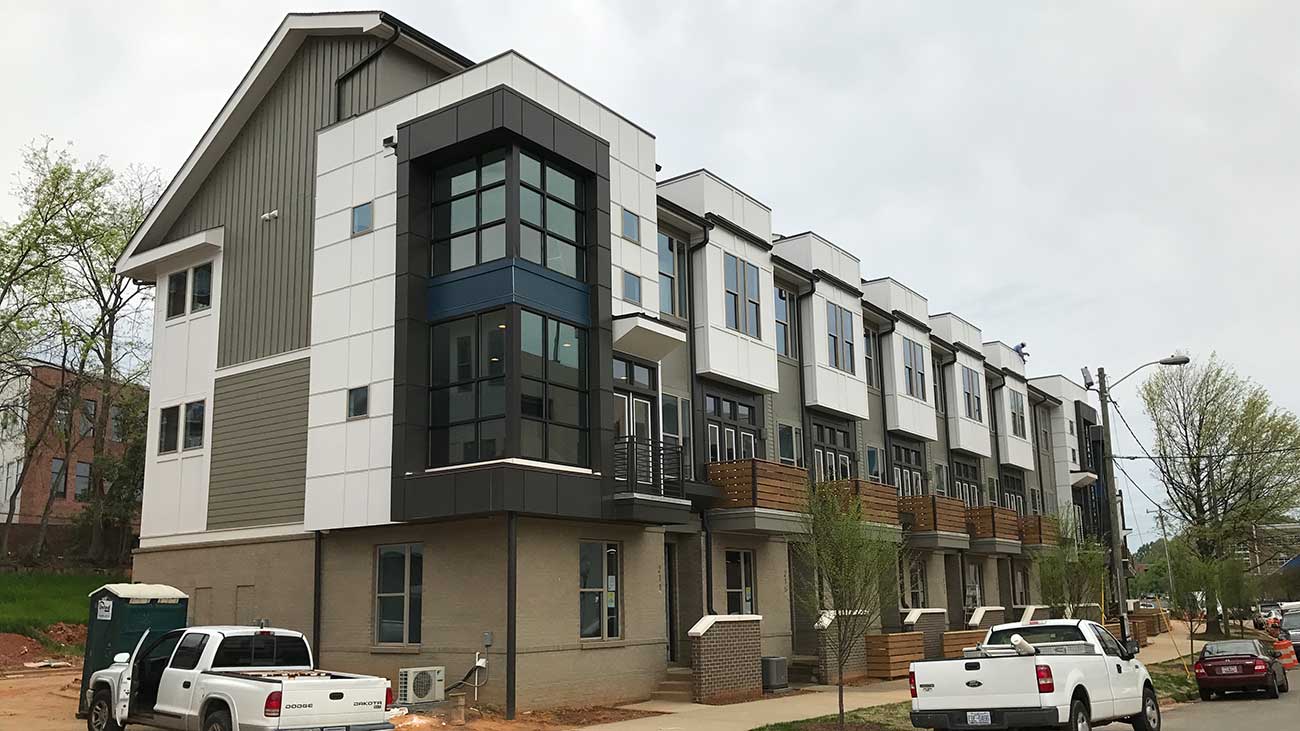

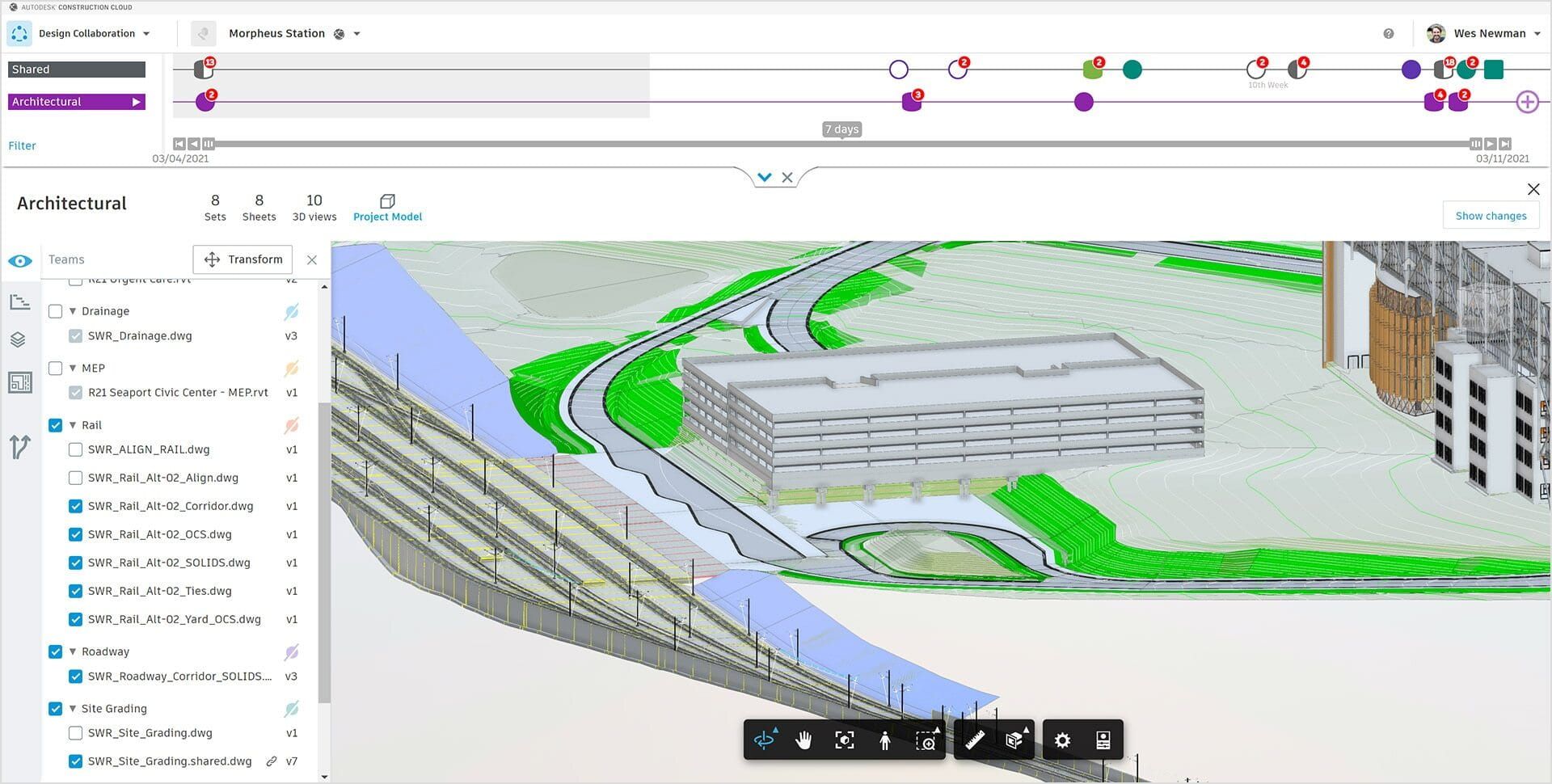
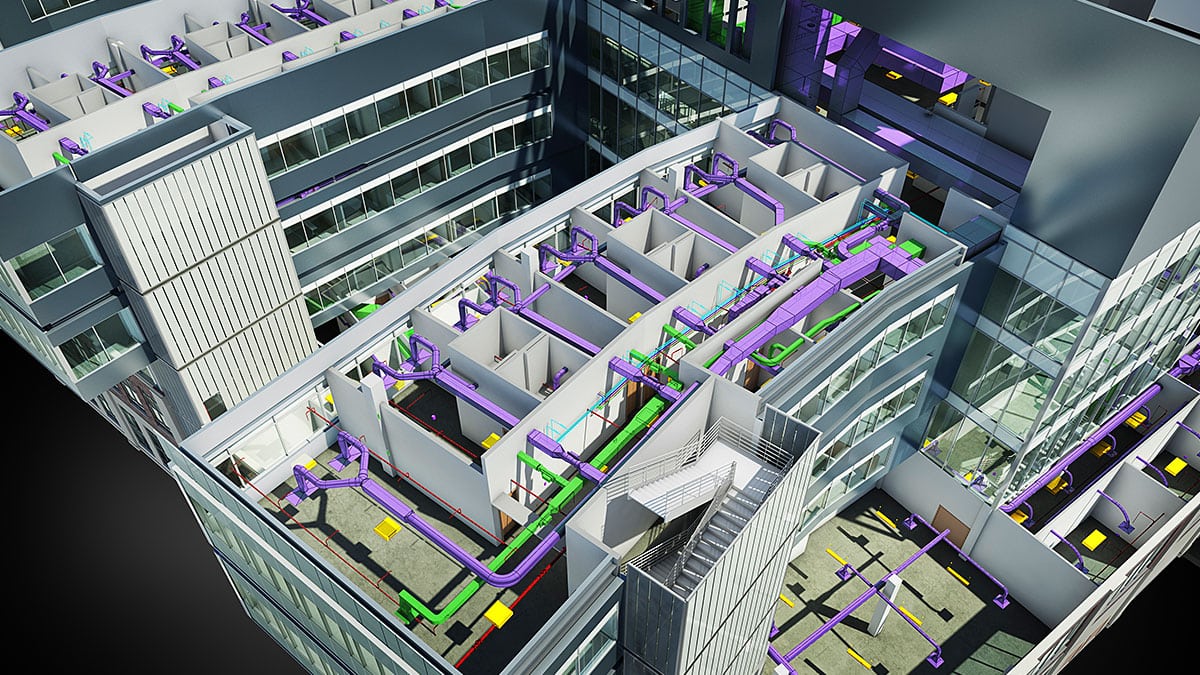
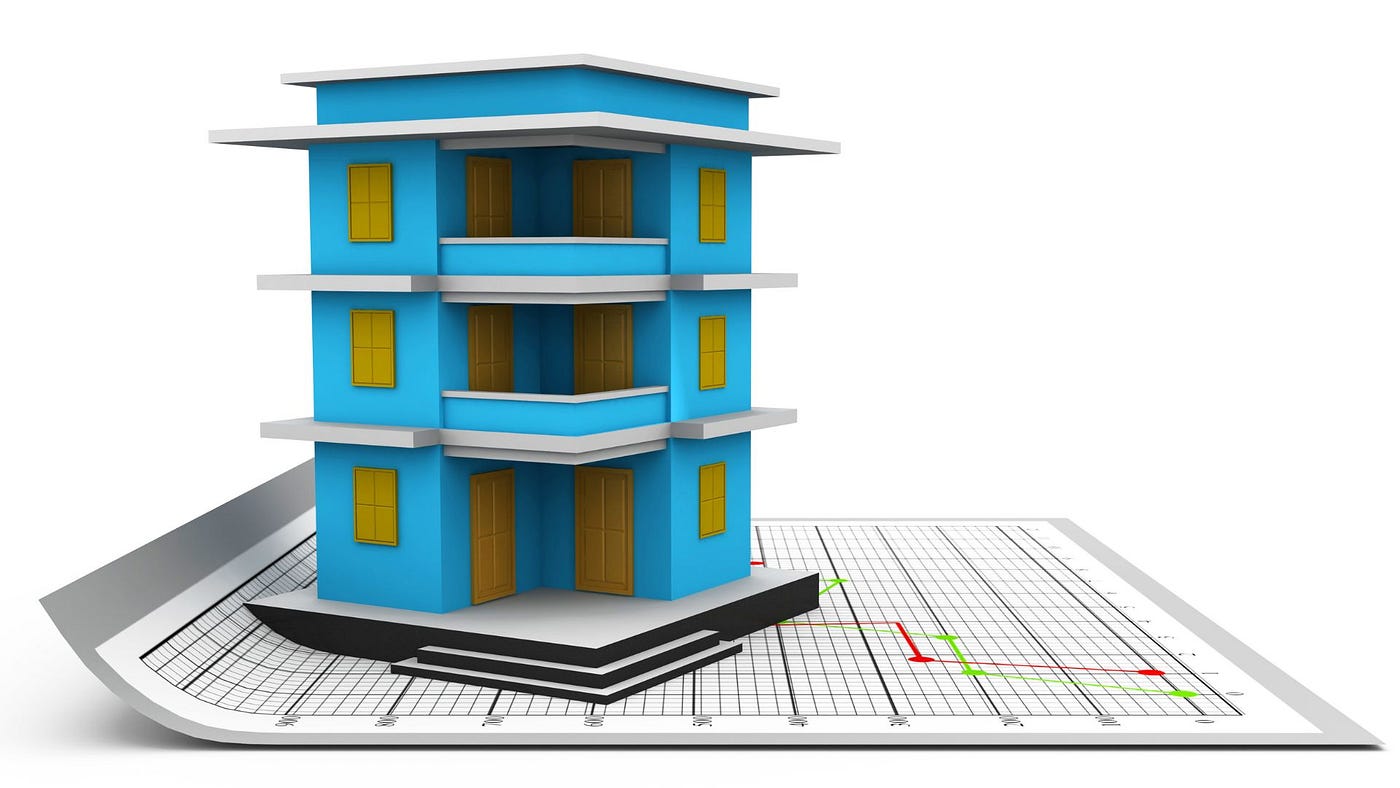
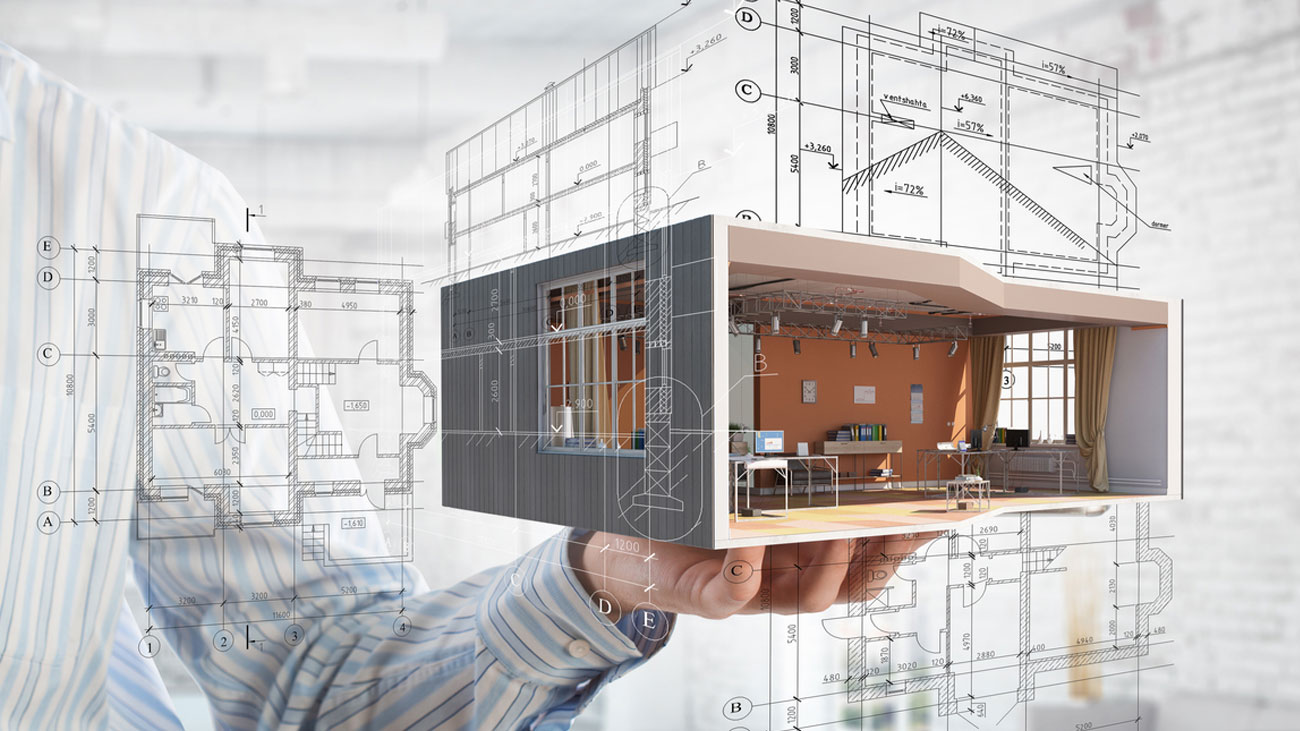


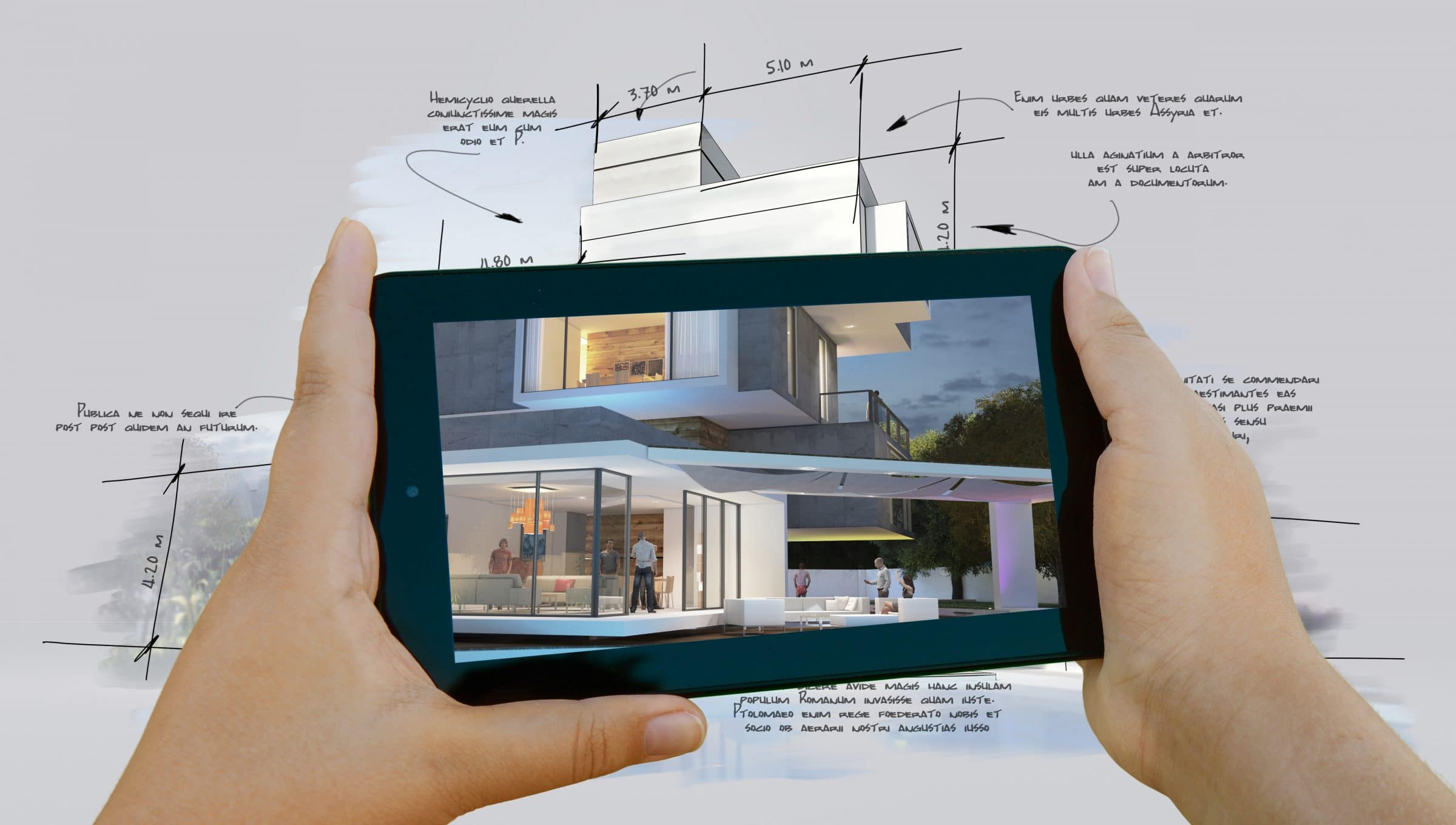
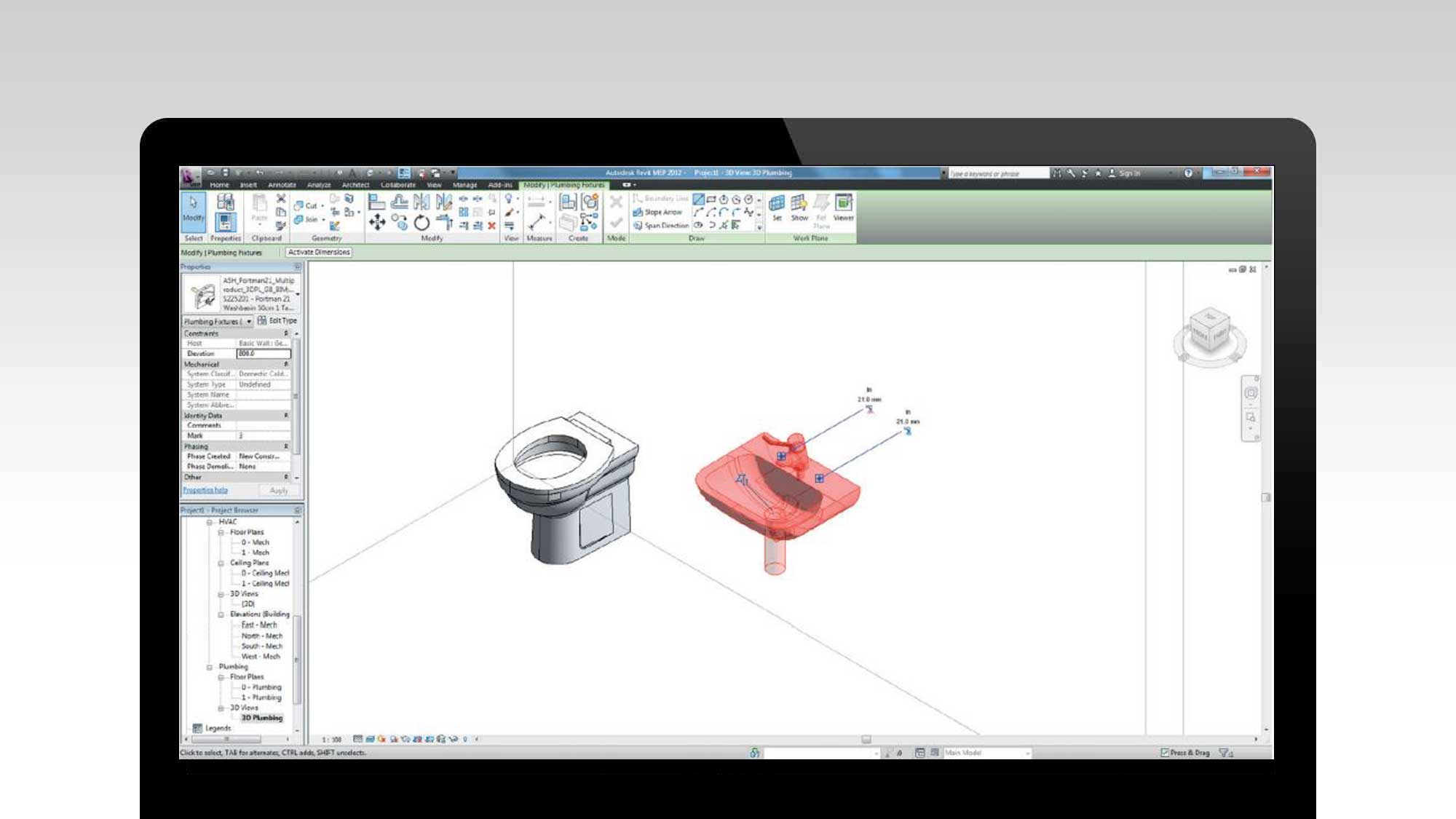


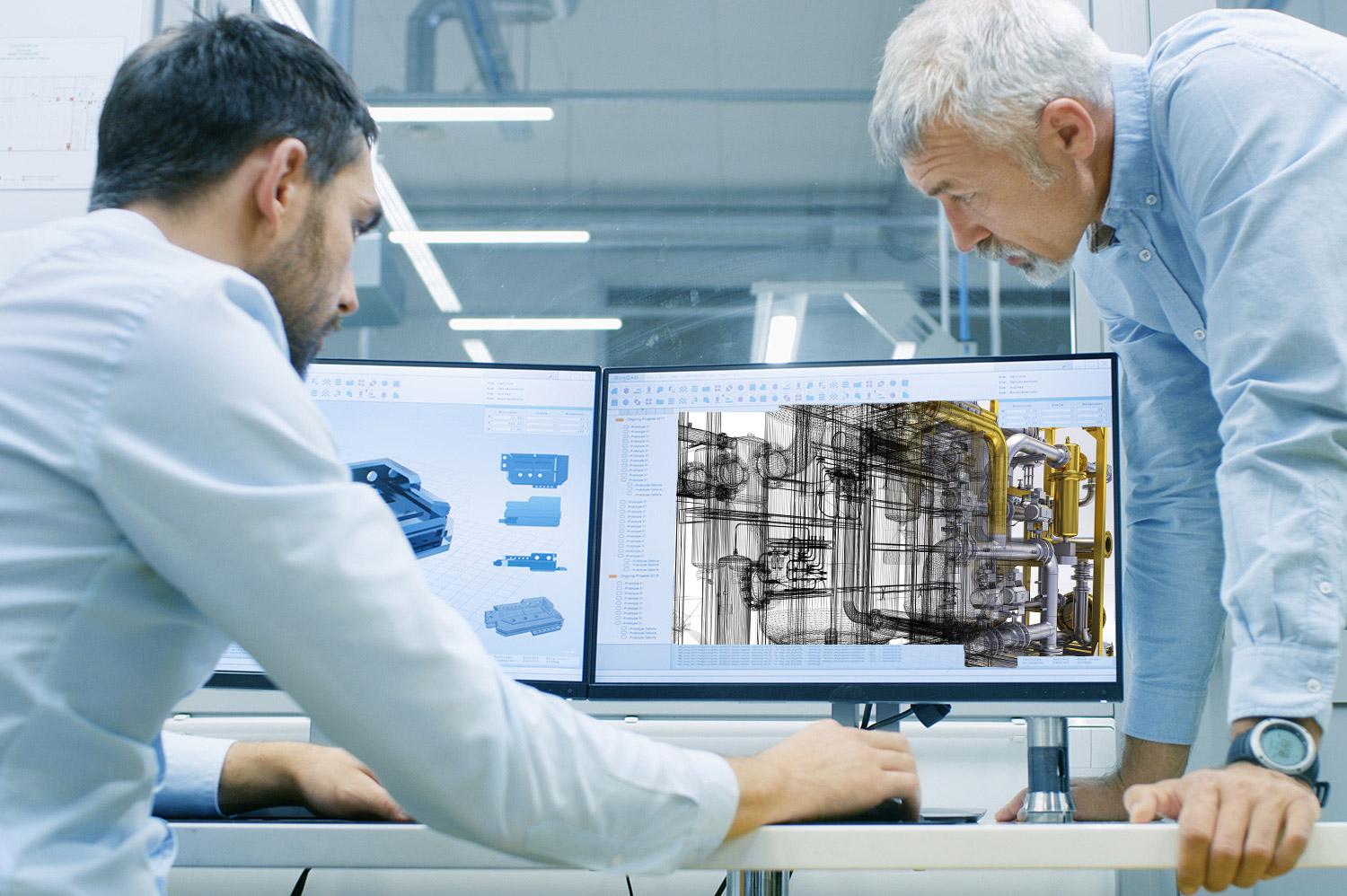

0 thoughts on “When Was BIM Developed?”